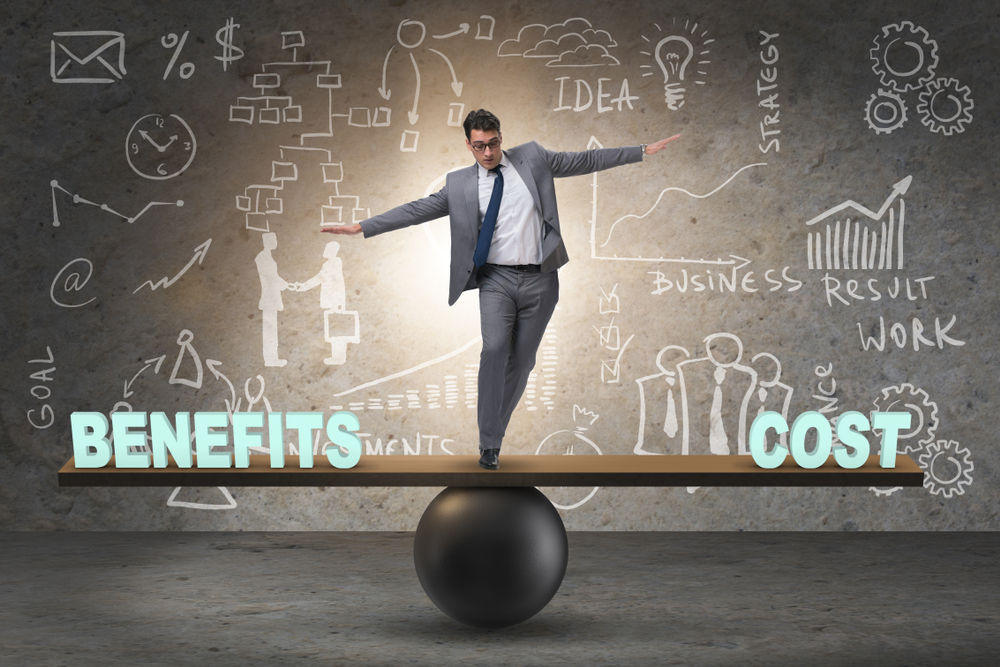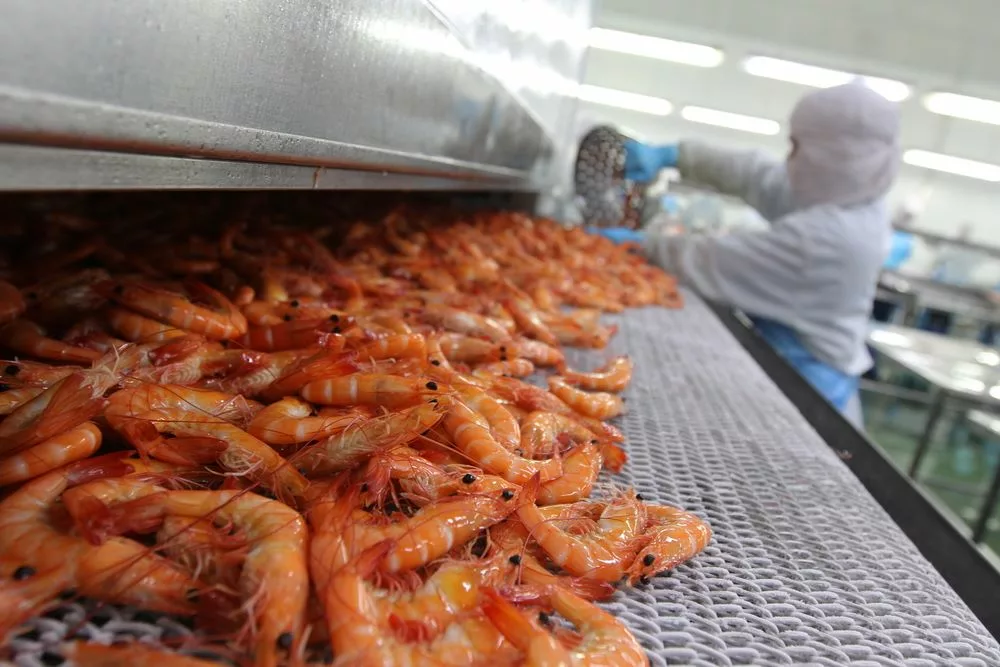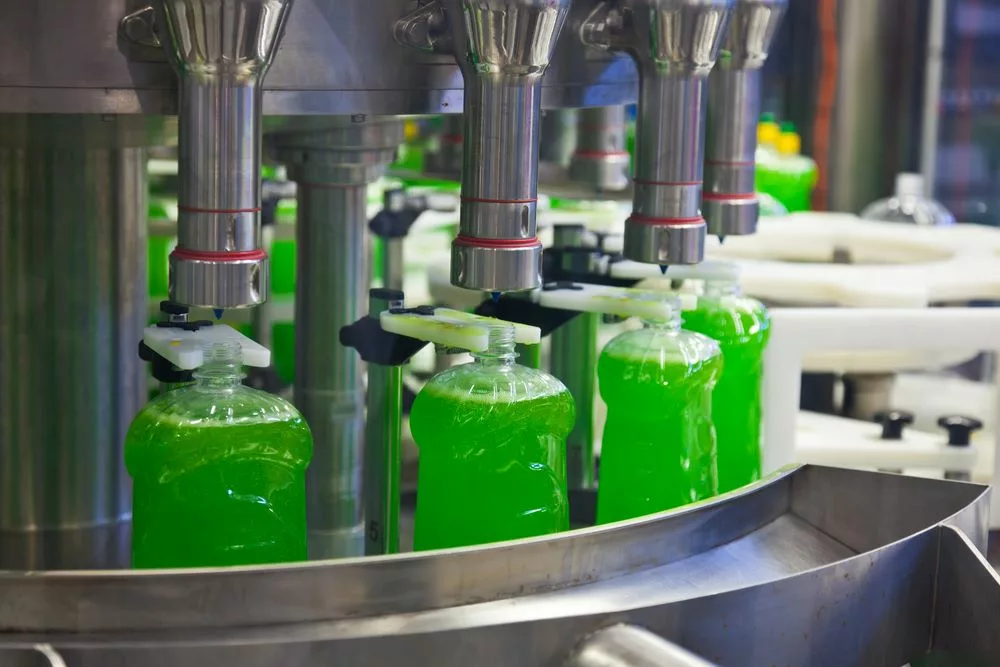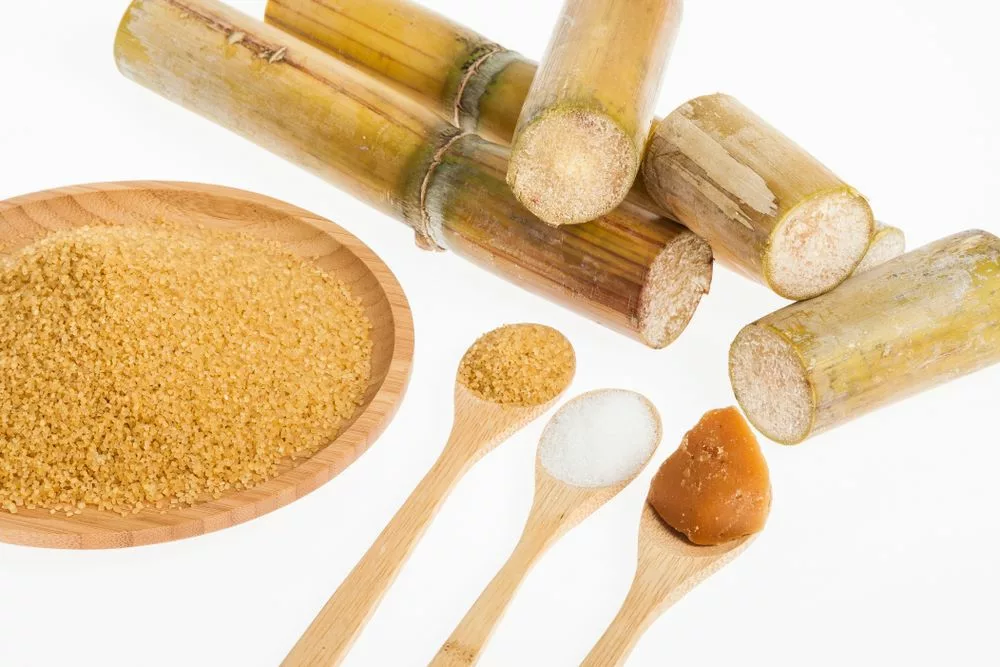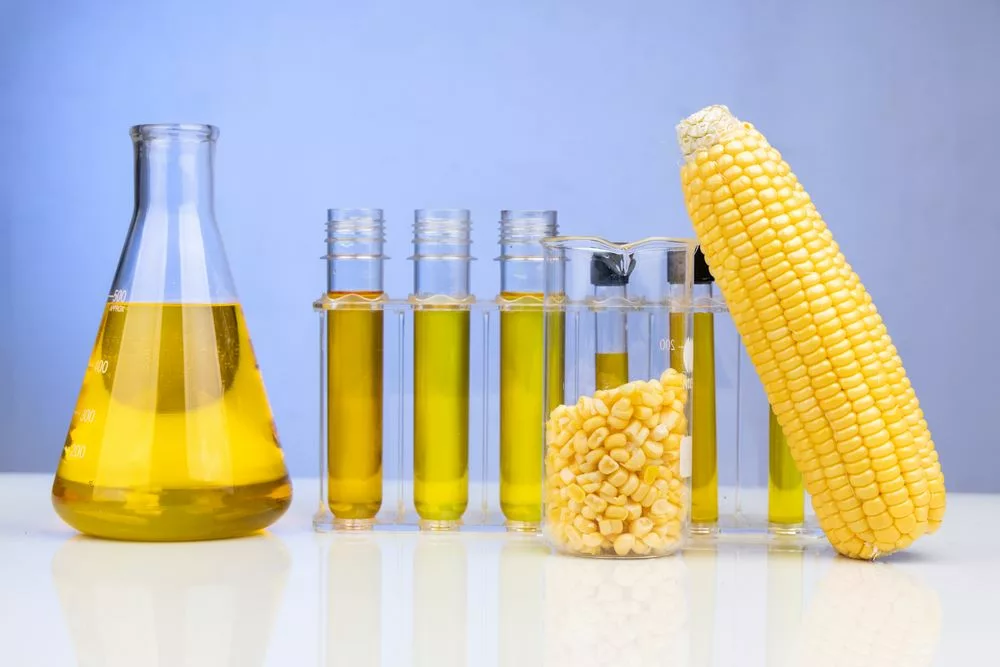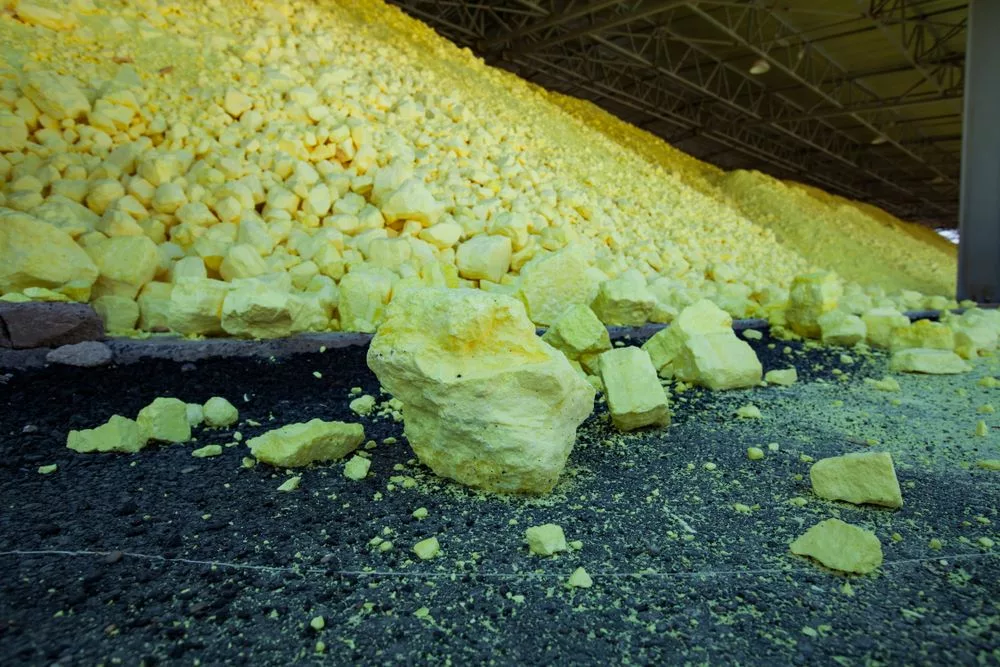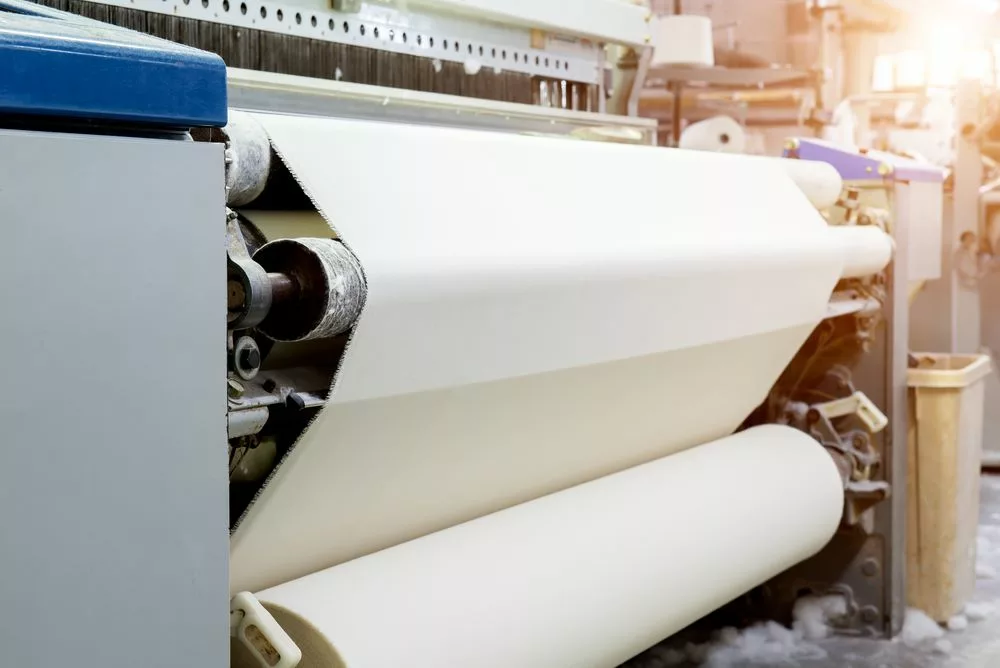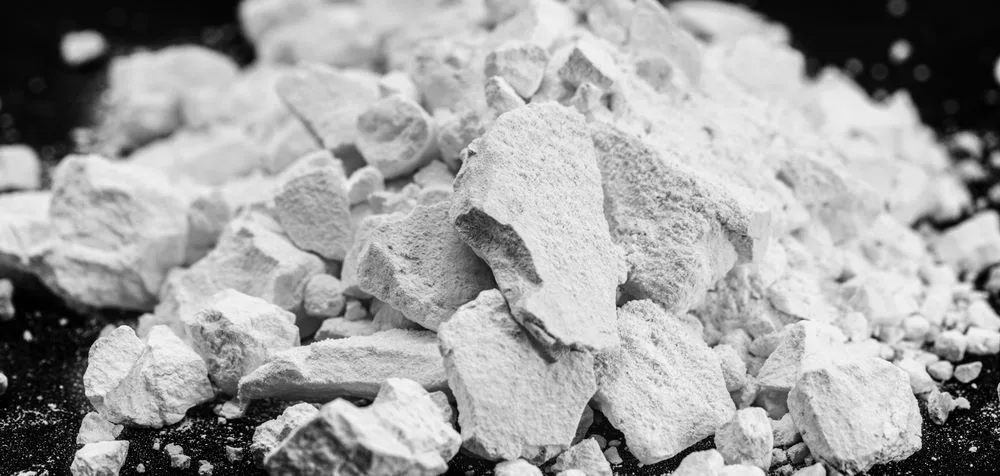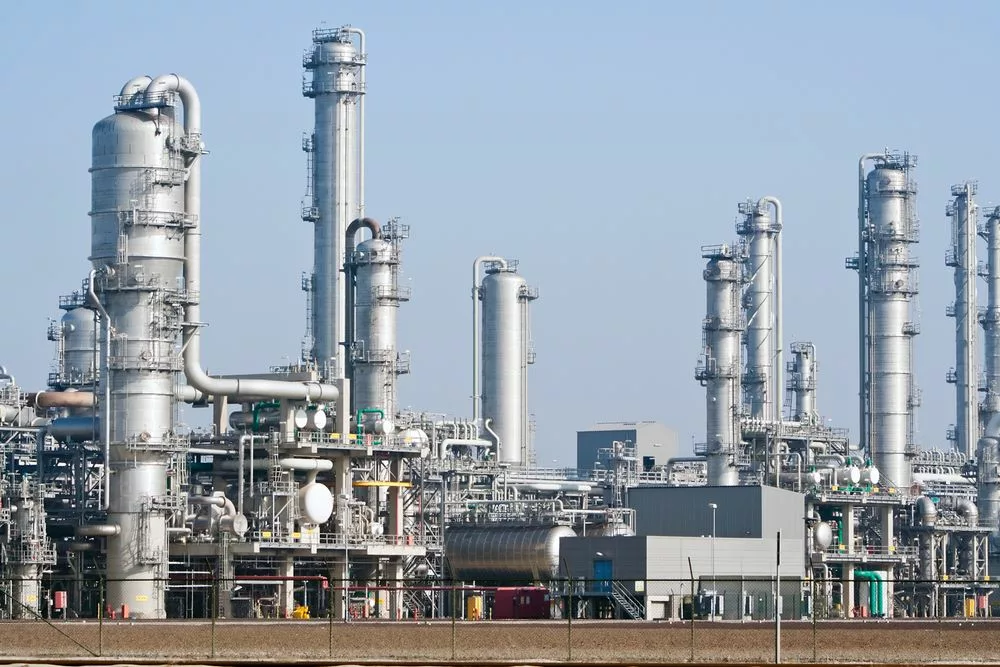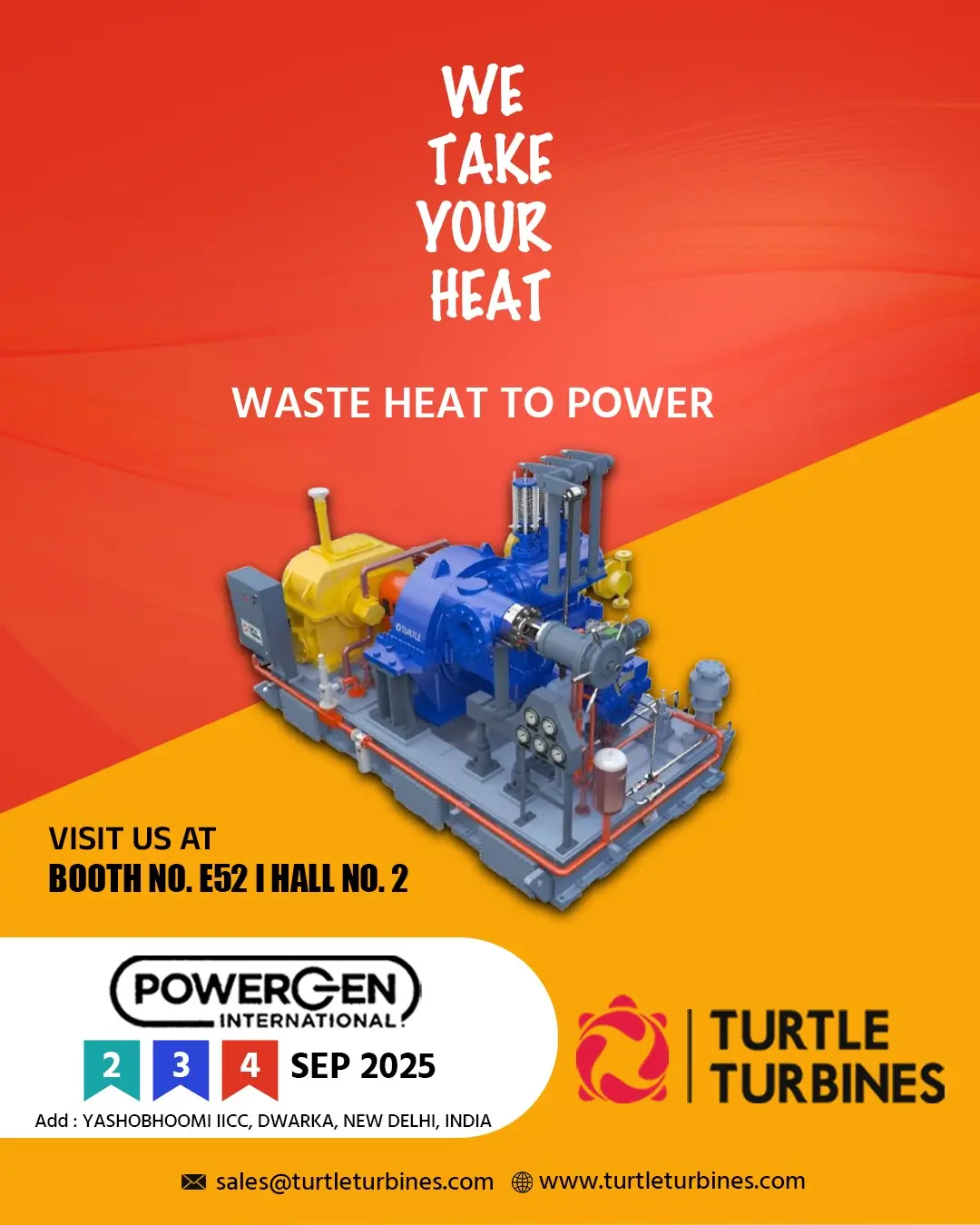The National Energy Conservation Day has been celebrated every year on 14th December, since 1991. The Bureau of Energy Efficiency (BEE), under the Ministry of Power, aims to present India’s stellar achievement in cost-efficient energy production and resource conservation.
The day is a reminder of India’s commitment to clean energy and combating climate change. The objective to celebrate National Energy Conservation Day is to drive mass awareness about the importance of energy efficiency and conservation and also to encourage people to use it efficiently and spread awareness of global warming. As a part of its awareness campaign, awards are distributed annually on this day in 56 sub-sectors of the country to recognize achievements in energy efficiency. The National Energy Conservation Award program commends the effort of the industry, institutions, and establishments ranging from power plants to hostels to shopping malls.
India’s development sectors are increasing, which leads to an increase in the demand for energy. It is expected that India’s resource requirements will double by the year 2030. The BEE strategizes and develops by advocating the adoption of efficient measures for energy use.
Turtle Turbines contribute towards National Energy Conservation by Supplying efficient Steam Turbines for Energy Conservation applications.
Saturated steam turbines
The steam turbines which work on saturated steam at the inlet of the turbine instead of superheated steam are known as saturated steam turbines. It does not require any additional superheater in a boiler to achieve a specified degree of superheat.
Many industrial processes prefer to use saturated steam over superheated steam. This is because saturated steam has properties that give saturated steam advantages over a superheated steam
- Uniform heating throughout the heat transfer process
- Ability to maintain temperature by maintaining pressure.
- A high heat transfer coefficient.
In particular, this high heat transfer coefficient makes saturated steam an obvious choice over superheated steam for many industrial applications. Mostly known as utility steam
Utility steam makes up the majority of the steam consumed by the industry. Saturated steam is utilized for drying the products, humidification of the environment or products, automizing the fuel, sterilizing the equipment, cleaning the material, moisturizing and process heating, and many more applications.
Thus the availability of saturated steam is almost in every industry from pharma, chemicals Distillery to food. Every industry uses saturated steam for its process applications.
Turtle turbines have the expertise and vast experience in using this Saturated steam to generate power. Most industrial boilers / so-called packaged boilers generate steam at around 10 kg/cm2 wrt to IBR norms this steam is then reduced to a process pressure of about 3 kg /cm2 to 4 kg/cm2 through the PRS system. The saturated steam turbines developed by Turtle turbines can be used as a replacement for the PRS/ PRDS to reduce the pressure from boiler pressure to process pressure. And it uses the pressure and heat which is lost in PRS to generate power. The power generation through saturated steam has many challenges the main challenge is the water content in steam at the exit of the turbine. The water droplets at such high velocities of turbine exit lead to severe damage to turbine blades. Turtle turbines have designed turbine which avoids this threat by efficiently expanding the steam at every stage and maintaining the desired steam quality at the exit of the turbine while generating maximum possible power.
Turtle Turbines is one of the most reputed Steam Turbine Manufacturers In India.
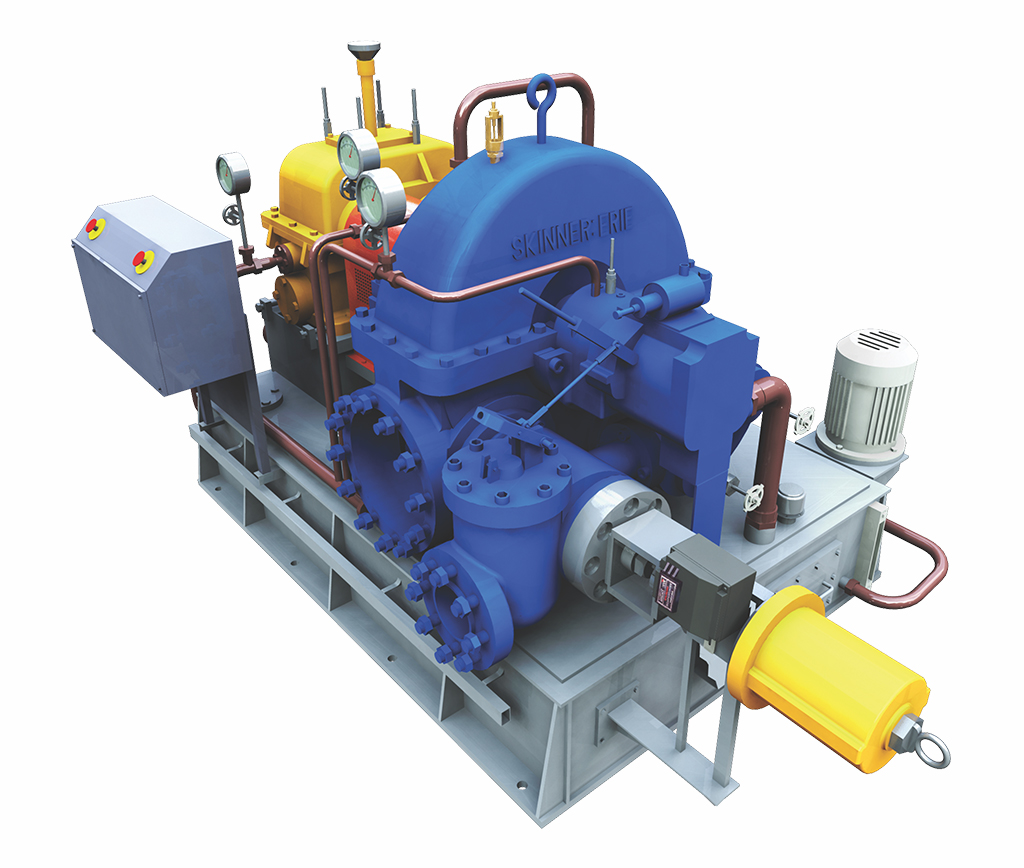
Application of Back Pressure Steam Turbines in Dairy Plants
Steam is quite commonly used for heating and sterilizing dairy equipment in dairy manufacturing plants. The milk processing plant utilizes steam for processing and Pasteurizing raw milk and dairy products under heat treatment. Also, Ultra Heat Temperature (UHT) is the process that increases the milk temperature and sterilizes it to remove bacterial spores. Raw milk is processed into a wide variety of dairy products which include: Pasteurised milk, Cheese, Butter, and Yoghurt.
The dairy was previously completely dependent on the grid for electricity, with separate gas-fired boilers used to produce steam for processes. This results in an inefficient and expensive system where heat and steam are lost, which can be used for the processes. CHP system can be very helpful to increase the efficiency of the plant.
Usually, Dairy plants are set up with the high Pressure-Temperature Boilers. For processes, the steam required is way lower than the generated by high Pressure-Temperature boilers. PRV/PRDS is connected between Boiler and process units, and used to reduce the Pressure-Temperature as per requirements in processes. Back Pressure Steam Turbines can substitute PRV/PRDS system. This will lead to the cogeneration solution which is provided by the Turtle Turbines.
Back Pressure Steam Turbines help us to generate electricity which can be further used for processing units and is also able to supply required Pressure-Temperature for processes like pasteurization, etc.
Turtle Turbines is one of the most reputed Steam Turbine Manufacturers In India.

Applications of Back pressure steam turbine in chemical industry
Back pressure steam turbines can be single-stage or multistage type and are used in many industrial plants.
In the chemical industry steam is widely used in the processes for heating purposes at various pressures. Various configurations of the boiler are used such as Saturated Steam boilers, Medium Pressure Boilers, and High-Pressure Superheated Boilers. The enthalpy drop from boiler pressure to process pressure is done in a steam turbine generator or a PRV. A plant can be benefitted by generating its electricity by installing a backpressure steam turbine. The size of a back-pressure steam turbine or a boiler depends on the plant’s heating and electrical load. Proper application engineering can help to reach the highest overall efficiency by optimizing the boiler and back pressure turbine size. The back pressure type of steam turbine supplies not only electricity but also steam to various process requirements.
To decide the optimum size of the boiler and back pressure turbine, the cogeneration option can be looked out for during the selection of a boiler. Any process that produces heat by the exothermic reaction can also be taken into consideration as a waste heat recovery option. This will help in saving on electricity costs and thus will improve the overall thermal efficiency of the plant. Back pressure turbines right from 100kW to large capacity ratings can be used for an in-house power generation option.
The back pressure steam turbines are also used in many industries such as oil refineries, petrochemical, Paper pulp, fiber, and food industries, where large amounts of steam are required.
Turtle Turbines manufactures back pressure steam turbines to world-class standards. For more information please visit www.turtleturbines.com.
Turtle Turbines is one of the most reputed Steam Turbine Manufacturers In India.
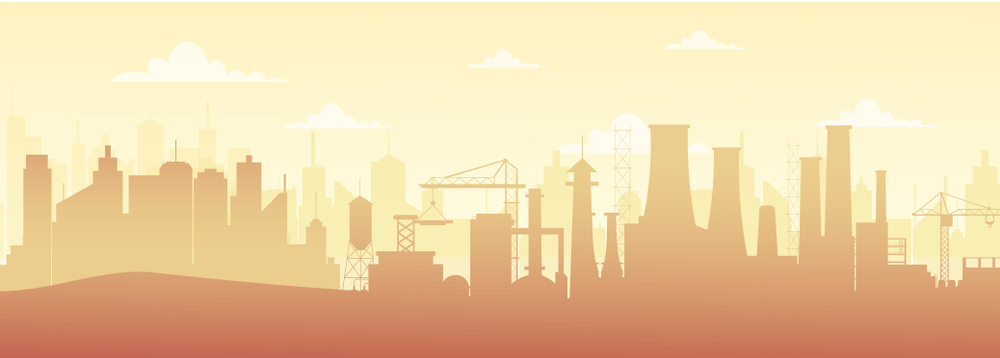
5 reasons to convert extraction condensing turbine to simple back pressure
In many industries extraction condensing turbines are used for generating in-house power generation. Nowadays several industries are modifying the extraction condensing to a simple back pressure turbine for various reasons. Following are the 5 reasons for converting an extraction condensing turbine to a back pressure turbine.
- Power generation cost – Since the increase in coal prices the cost of power generation by condensing the steam is higher than the grid power cost
- Lower power demand – Due to lower power demand in the process
- High operational cost – due to an increase in the operational cost
- Increase in process steam consumption – Because of the increase in steam consumption in power, condensing steam aimed to routed into the process and this condensing module is closed or removed and the turbine is redesigned
- Loss in Power Purchase Agreement (PPA) – due to an increase in fuel cost the cost of power generation is more than the cost of power in PPA
We at Turtle Turbines, have done such conversion of turbines successfully.
Turtle Turbines is one of the most reputed Steam Turbine Manufacturers In India.
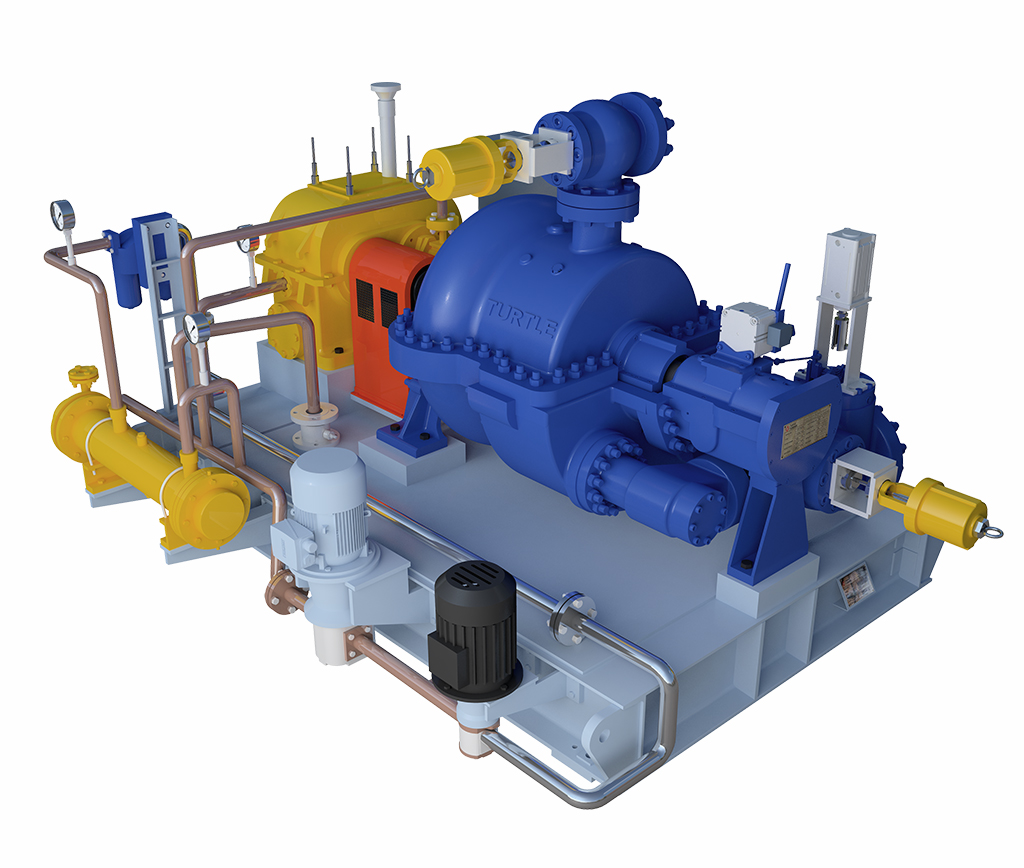
Low Pressure Steam Turbines
Steam Turbines are generally used to extract thermal energy from pressurized steam and use it to do mechanical work which is further converted into electrical power.
Depending upon the power requirements steam parameters and boilers specifications are decided. Boilers are available at Critical-Pressure, High-Pressure, Medium-Pressure, and Low-Pressure.
Low-pressure Steam Turbines are specially designed to work with Dry and Saturated Steam Boilers. In process industries, as per the requirement of power generation, low-pressure boilers or medium-pressure boilers are selected. The low pressure boilers usually range from 10.5 kg/cm^2 (g) to 28 kg/cm^2 (g).
For Low-Pressure saturated steam boilers, power generation with Low-Pressure Steam Turbines can be feasible. Since the steam is available in Dry and Saturated conditions, the design of the Turbine should be done cautiously. For such conditions, more care should be given to moisture content or steam quality than aiming for power generation.
Turtle Turbines have been designing Low-Pressure Turbines and also successfully installed such Turbines.
Turtle Turbines is one of the most reputed Steam Turbine Manufacturers In India.
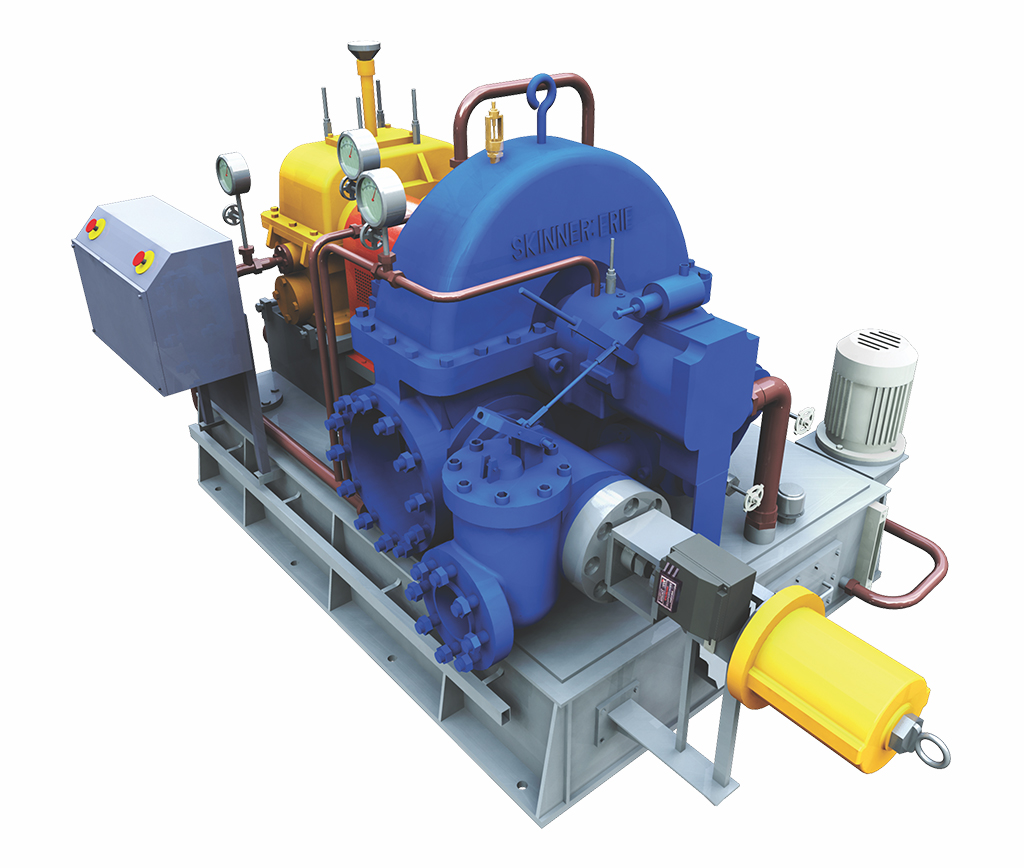
What is Back pressure Turbine.
Back pressure turbines can either be single-stage or multi-stage which are often used in industrial plants, the turbine serves as a reducing station between the boiler and the process steam header.
Back-pressure steam turbines or non-condensing turbines are most widely used for process steam applications. Steam is a principal energy source for many industrial processes. Using steam as an energy source has many advantages high heat capacity, transportability, low toxicity
The process steam can be produced by back-pressure steam turbines, which also generate mechanical work (or electrical energy). Back-pressure turbines expand the live steam supplied by the boiler to the pressure at which the steam is required for the process. A regulating valve controls the exhaust pressure to suit the needs of the process steam pressure. Back-pressure turbines are commonly found at refineries, district heating units, pulp and paper plants, and desalination facilities where large amounts of low-pressure process steam are needed. The electric power generated by the back-pressure turbine is directly proportional to the amount of process steam required.
A back pressure Turbine is the best suitable option for Cogeneration or Energy Conservation. It reduces the grid dependency without hampering the process with a very marginal increment in fuel cost.
Turtle Turbines is one of the most reputed Steam Turbine Manufacturers In India.

Application of steam turbine in Textile Industry
The textile industry is one of the most steam-intensive industries using steam in almost all textile processes in one way or another. For example, steam is used for:
Drying of textile materials
For ironing finished textiles before packing
For ironing material inserts in the under-pressing ironing process
Steam is also used to give textile fibers certain properties. Dimensional stability, Shrinkage resistance, Corrugation resistance, etc.
The process steam is required to be generated at higher pressure and temperatures in the boiler. The steam is passed through the PRV/ PRDS to reduce its pressure to the required process pressure. A further desuperheater is used to control
The co-generation solution provided by turtle turbines substitutes the PRS by installing back pressure or extraction steam turbine. The turbines provided by the turtle are very efficient in maintaining the back pressure of the turbine even though the inlet steam parameters vary a bit. This helps to easily changeover from PRV/PRDS system to co-generation turbines without any hassle.

5 Important Precautions to be taken for installation of Condensing Turbines
Condensing Steam Turbines are the most commonly found in Thermal Power Plants. In a Condensing Steam Turbine, the maximum amount of energy is extracted from the steam.
Following are the precautions to be taken,
- To maintain the vacuum level in the condensation system of the Turbine, the Vaccum ejector system should be used. A vacuum ejector uses steam pressure to draw Non Condensable fluids and to maintain a vacuum in the condenser.
- Steam piping should be reviewed, analyzed, and designed properly before installation. The steam piping must be designed to allow expansion of the Steam piping for the Condensing Steam Turbines. There should be leakproof piping.
- The condensate Extraction Pump should be capable to operate at condenser pressure. Most condensers are kept under a vacuum. Hence to condensate extraction pump needs to be properly chosen.
- Water Quality for steam generation should be appropriate. Water should be free from minerals. Mineralized water leads to scale formation inside the tube surface which leads to poor heat transfer in the system.
- Appropriate elevation should be maintained between Steam Turbine and condenser and also between the condenser and condensate extraction pump.
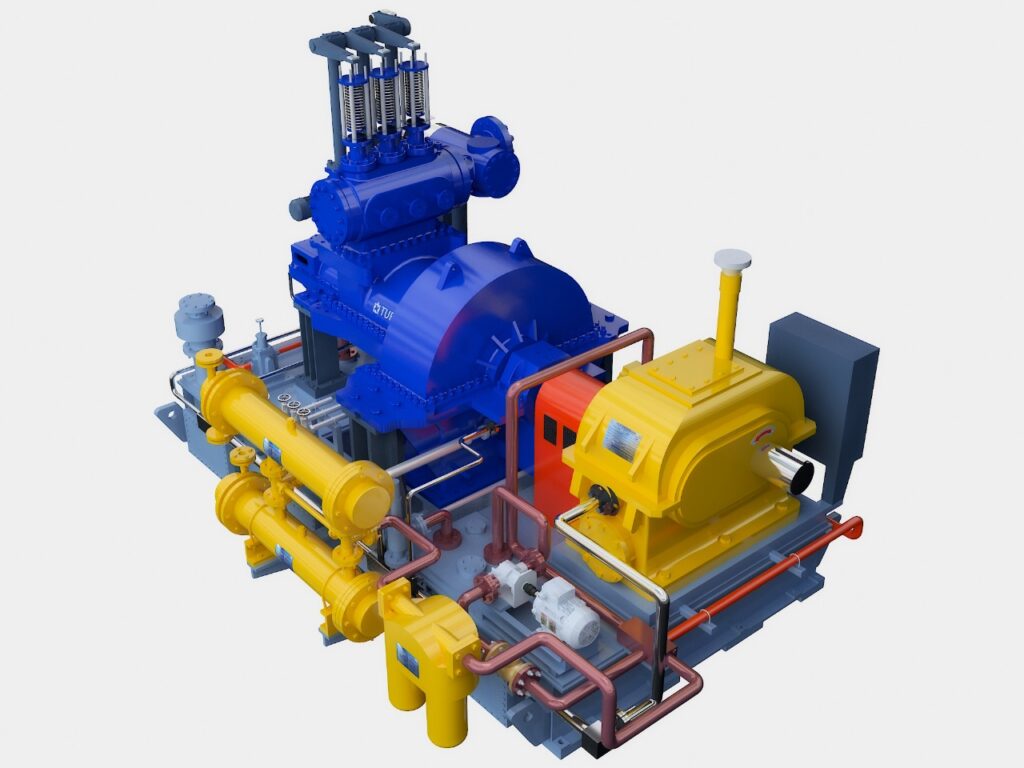
5 Important Things to consider while Purchasing Back Pressure Steam Turbine
Buying a Steam Turbine is a critical job. Since the Steam Turbine is hooked up between the Boiler and Process, it’s functioning is very important thus the selection of steam turbine needs special attention. Following are some important points while purchasing the steam turbine,
- The Turbine should be looked at from the total life cycle cost and not the individual equipment cost.
- Total steady power delivery should be considered rather than the highest possible power turbine can give at peak performance. In certain instances, the maximum power delivery is higher whereas the actual power delivery is short because of the underrated performance at partial flow.
- Performance of Turbine plays a major role, frequent shutdowns cut the per unit cost benefit.
- Spending more on capital costs can be a wise decision rather than losing money due to frequent shutdowns.
- The steam coming out of the turbine should deliver constant precise back pressure which leads to constant heating for the main process thus improving product quality along with the power generation benefit.
The above few things result in the effective purchase of the equipment for the purpose.
